Climate change is no longer a distant threat—it is a present and escalating reality affecting ecosystems, livelihoods, and food systems worldwide. Among the sectors most vulnerable to these shifts is agriculture, particularly fruit production, which relies heavily on specific temperature ranges, rainfall patterns, and pollinator behavior. As global temperatures rise, weather becomes erratic, and natural systems destabilize, fruit farmers around the world are experiencing challenges that threaten yields, quality, and sustainability.
This article delves deep into how climate change is impacting fruit production globally and regionally, with detailed insights into affected crops, changing seasons, and the adaptive strategies being developed to safeguard this critical sector.
1. Shifting Growing Zones
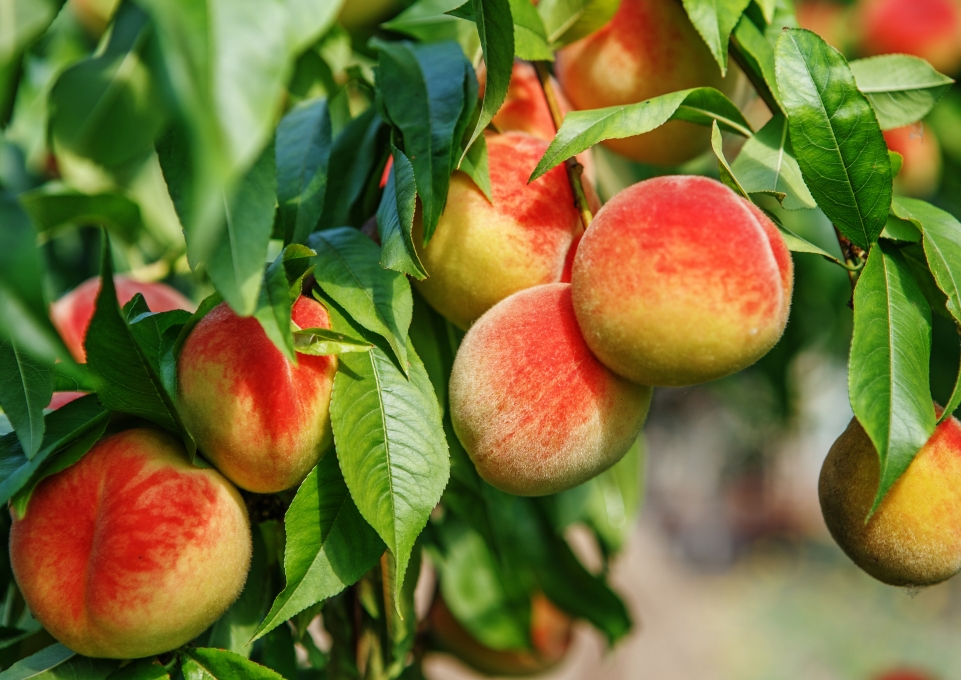
One of the most noticeable effects of climate change on fruit production is the shift in growing zones. As temperatures increase, regions once ideal for a specific fruit crop may become too hot or dry, forcing cultivation to move northward or to higher elevations.
- Apples, which require a specific number of chilling hours (cold temperatures during winter), are being affected in traditional regions like Himachal Pradesh (India), parts of the United States (Washington, Michigan), and Europe. Warmer winters mean fewer chilling hours, reducing flowering and fruit set.
- In contrast, formerly unsuitable northern areas in countries like Canada, the UK, and Scandinavia are becoming more viable for temperate fruit crops like grapes and peaches.
2. Unpredictable Weather Events

Extreme weather events—such as frosts, droughts, heavy rainfall, and heatwaves—have become more common due to climate change. These sudden shifts can cause significant damage to fruit crops, especially during sensitive periods like flowering or fruit development.
- Spring frosts following early warm spells often damage blossoms, particularly in crops like grapes, cherries, and apricots.
- Heavy rains and floods destroy or rot fruits like mangoes, bananas, and strawberries, especially during the ripening stage.
- Heatwaves can sunburn fruit skins (especially apples, grapes, and citrus) and stunt development.
For instance, in India, sudden untimely rains during mango flowering have led to drastic drops in yield in states like Uttar Pradesh and Maharashtra.
3. Changing Pest and Disease Patterns
As temperatures rise, pests and diseases are spreading into regions that were previously safe. Warmer conditions allow certain insects, fungi, and bacteria to survive winter, reproduce faster, and expand their geographic range.
- Mediterranean fruit fly, a notorious pest, has started appearing in new regions.
- Fungal diseases like powdery mildew and anthracnose are becoming more aggressive and persistent.
- In banana plantations, Panama disease and Black Sigatoka have become more widespread, leading to significant losses in Latin America and Asia.
This expansion forces farmers to increase pesticide use, raising costs, harming beneficial insects like pollinators, and risking long-term environmental health.
4. Water Stress and Drought
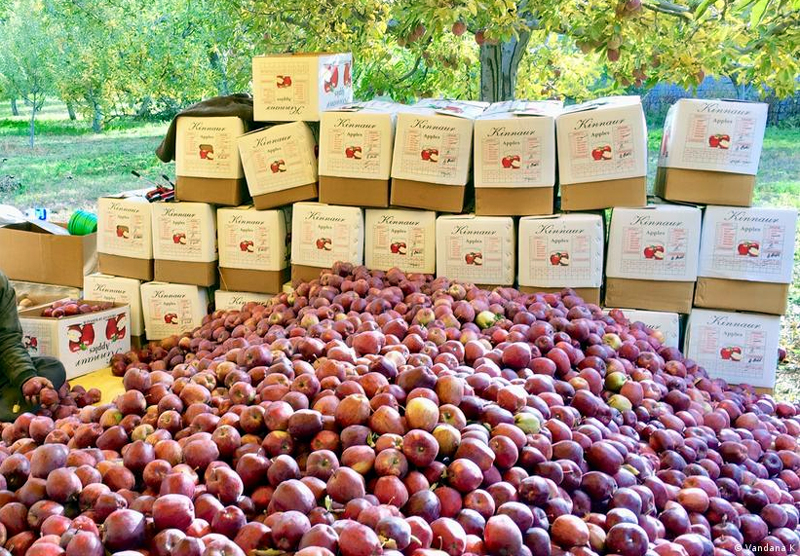
Fruit trees often require consistent water availability, especially during flowering and fruiting. However, with increasing droughts and changing rainfall patterns, many regions are facing water stress, leading to:
- Smaller, lower-quality fruits.
- Increased fruit drop before maturity.
- Longer recovery periods for perennials like citrus, mango, and pomegranate.
In California, a global hub for fruit farming (especially almonds, citrus, and grapes), prolonged droughts and water restrictions have forced thousands of acres to be left fallow or shifted to less water-intensive crops.
5. Pollinator Decline
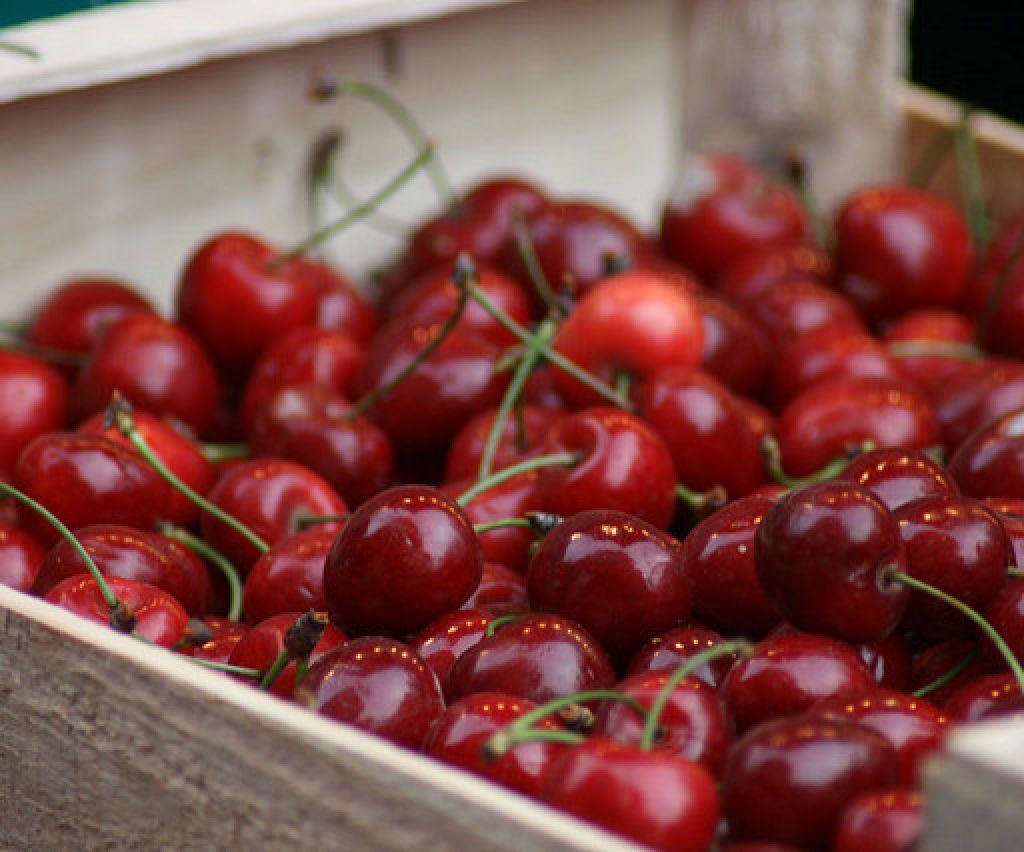
Climate change is indirectly affecting fruit production by disrupting pollinator populations, primarily bees, butterflies, and birds.
- Rising temperatures and early blooming cause a mismatch between flowering and pollinator activity, known as phenological asynchrony.
- Heatwaves and pesticide use (linked to climate-driven pest outbreaks) reduce pollinator populations.
Since over 75% of fruit crops depend on pollinators, this disruption has severe implications for global fruit availability and prices.
6. Impact on Fruit Quality
It’s not just about quantity—climate change is also degrading fruit quality:
- Sugar content and flavor can decline in crops like grapes, apples, and citrus under heat stress.
- Color development, especially in red or purple fruits like apples and berries, can be affected by temperature changes, impacting market appeal.
- In coffee and cacao (both fruit-derived), warming has altered the balance of acids and sugars, reducing flavor quality and increasing bitterness.
7. Case Studies: Regional Examples
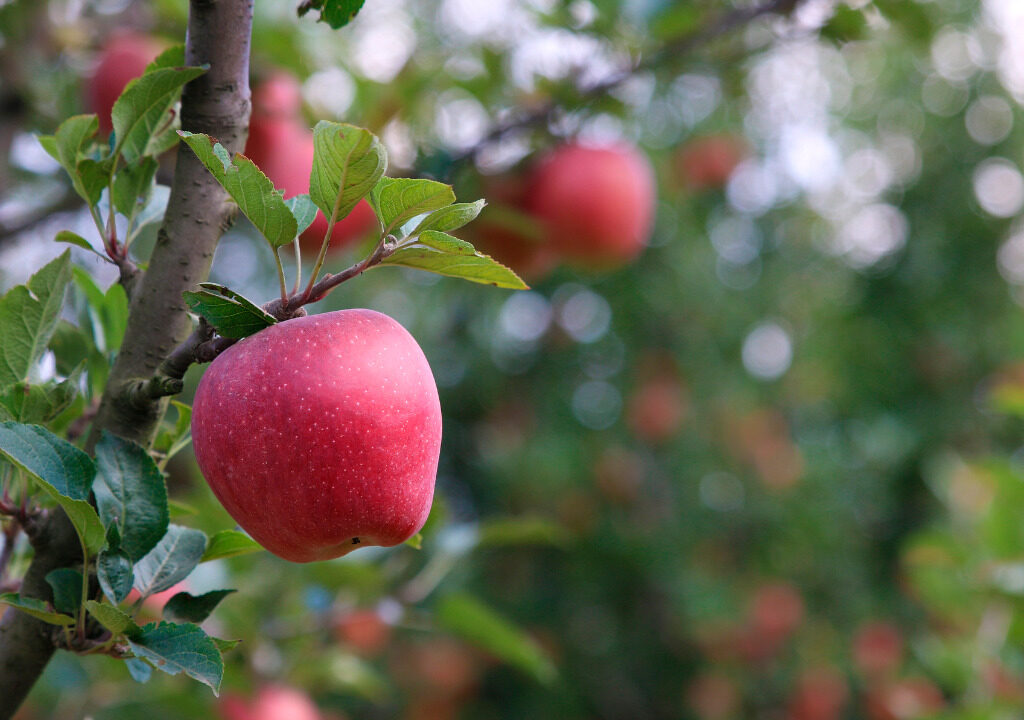
India:
India, one of the largest fruit producers in the world, is witnessing climate-related changes across major fruit belts.
- In Maharashtra, unseasonal rains and longer dry spells have disrupted mango and banana cycles.
- Apple production in Himachal and Kashmir is shifting to higher altitudes due to loss of chilling hours.
- Citrus crops in the northeast face increasing fungal disease pressure due to higher humidity and temperature.
Europe:
- France and Italy, leaders in grape and wine production, are witnessing earlier harvests, changing wine profiles.
- Olive orchards in Spain are facing frequent droughts, threatening both yield and oil quality.
United States:
- California’s Central Valley, a vital fruit basket, is seeing increasing pressure from droughts, fires, and pest infestations.
- Florida’s citrus industry is already reeling from climate-amplified diseases like citrus greening.
8. Adaptation Strategies
Despite these challenges, farmers, scientists, and policymakers are working on adaptive strategies to secure future fruit production:
a. Developing Climate-Resilient Varieties
- Breeding fruit varieties that require fewer chilling hours or tolerate heat, drought, or diseases.
- Genetically improving bananas, apples, and grapes to endure harsher climates.
b. Smart Irrigation and Water Management
- Adopting drip irrigation, mulching, and rainwater harvesting to conserve water.
- Using IoT and AI-based weather forecasting tools for precision farming.
c. Agroforestry and Microclimate Management
- Planting shade trees to reduce heat stress on fruits like coffee and cacao.
- Intercropping and green cover techniques to improve soil moisture retention.
d. Shifting Cultivation Practices
- Altering planting schedules and pruning techniques to align with new climate trends.
- Relocating orchards to suitable microclimates.
e. Policy and Insurance Support
- Governments are promoting crop insurance, subsidies for sustainable practices, and education on climate-smart farming.
Conclusion
The impact of climate change on fruit production is multifaceted and intensifying. From shifting zones and erratic weather to declining pollinators and degrading fruit quality, the risks are widespread. However, with a combination of scientific innovation, policy reform, and farmer resilience, it’s possible to adapt and even thrive in a changing climate.
Fruit, both as a food and economic resource, is too important to lose. As consumers, we must also support sustainable practices—choosing local produce, reducing food waste, and encouraging eco-conscious agriculture—to help the industry transition through this pivotal era.

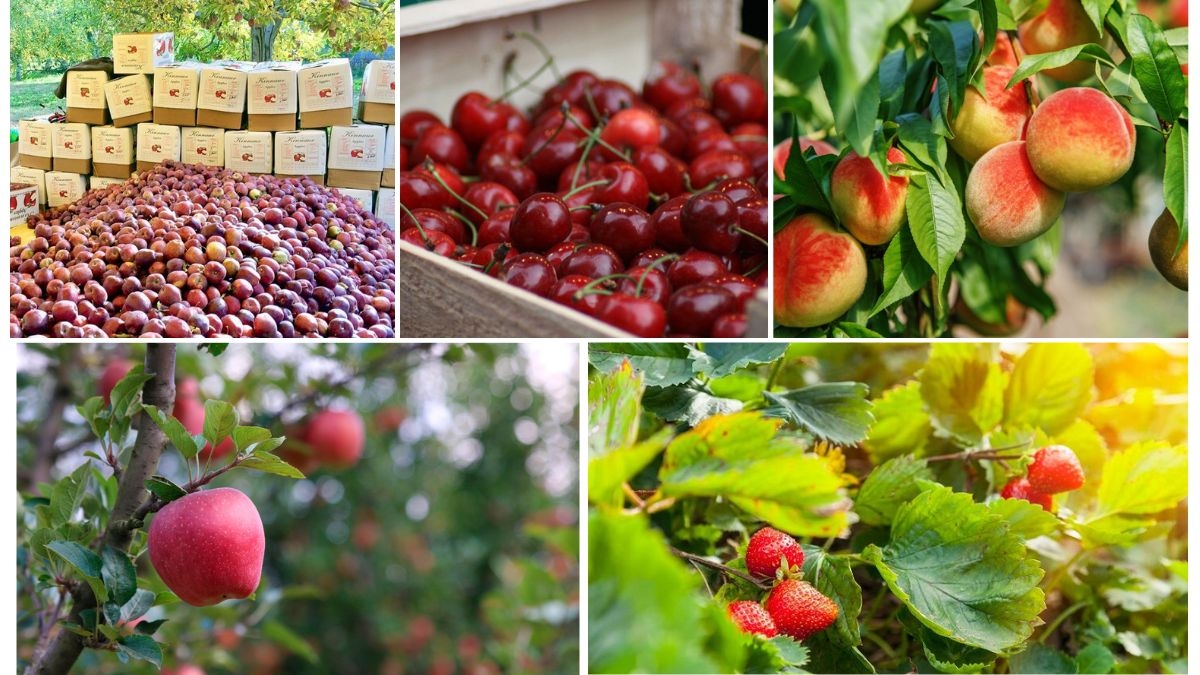

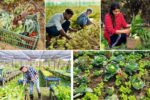



Leave A Comment